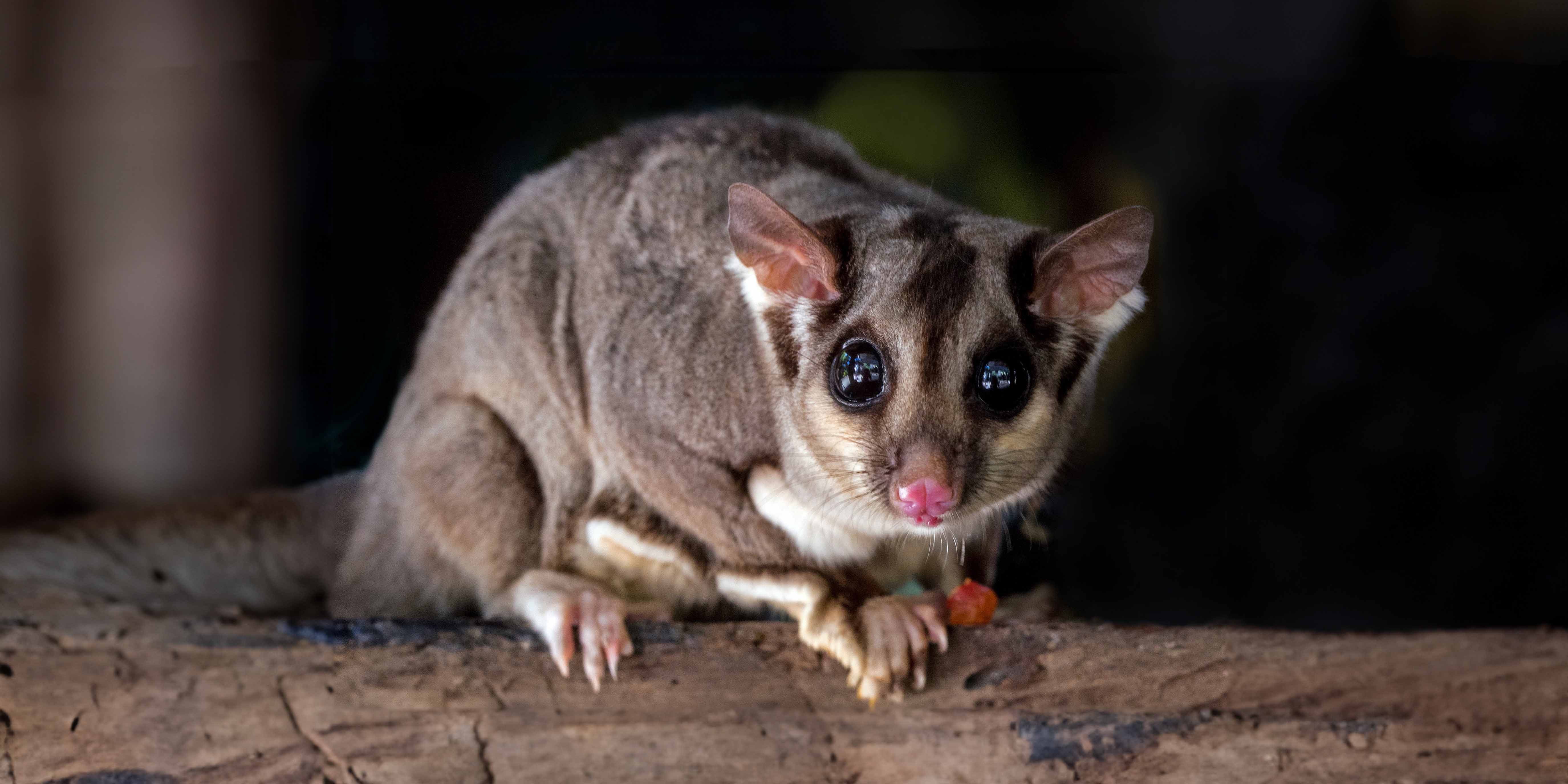Animal beauty is in the eye of the ... Photoshop expert
Media release
In the digital age of trimming a waistline here and sharpening a jawline there - even Princess Kate is doing it - is it any wonder that our 'bias for beauty' has spilled into the animal world?
A recent study by Deakin PhD student Meg Shaw found that when it comes to donating funds to animal conservation, the cuter the animal, the more money donated – even when that 'cuteness' comes from photoshopping.
'Our bias for preferring beauty extends to how we see the animal kingdom,' said Ms Shaw. 'Our research examined how enhancing the visual appeal of an animal's image influences both the amount of monetary support people are willing to provide for the animal and their emotional response towards it.'
The study posed the question: Do people give more money when they see a regular picture of an animal or when they see a picture that's been edited to look cuter?
'We asked people to divide hypothetical money (£5000 – roughly AUD $9700) across three animals in need of conservation attention: one that we know people like, one that we know people don't like, and one test species, whose photo was either edited or left unedited,' said Ms Shaw.
'Our findings suggest that images edited to make an animal more visually appealing – fluffier, bigger eyes, no sharp teeth – received higher hypothetical donations than original images. The median donation amount given to unedited images was £500 (about $970) less than for edited images.'
The study, Using photo editing to understand the impact of species aesthetics in support for conservation - Shaw - People and Nature - Wiley Online Library, was published in the British Ecological Society journal and conducted in the UK in conjunction with researchers from Oxford University.
Focus groups were conducted, which included people unfamiliar with the test species, individuals familiar with two or more of the test species, and conservation professionals.
'The focus group with less conservation expertise noted that edited images seemed 'cuter' than unedited images and often compared them to cartoon characters,' said Ms Shaw.
'In comparison, people with more conservation knowledge reported greater empathy towards unedited images and found the edited images uncomfortable to view.
This highlights the need for further scrutiny in how photo editing (and AI image generation) might be used to garner support for endangered species,' said Ms Shaw.
'With most threatened species in Australia receiving less money and conservation attention than the more 'cute' or 'beautiful' species we know and love – such as the koala – we need to help the public find beauty in the less aesthetically pleasing.'

